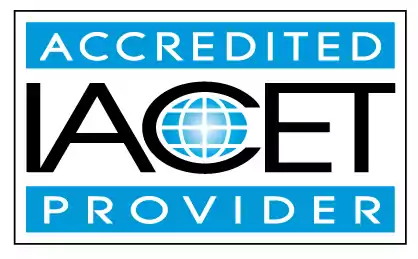Identify the signs of child abuse and neglect
Learn how to identify the signs of child abuse and neglect in early childhood education and child care centers. This page will provide you with an understanding of the different types of child abuse and the clear signs to look out for. Protecting children is our central objective, and we aim to support you in creating a safe and nurturing environment.Trainings incorporating this outcome
Age group
CDA Subject Areas
Proficiency Level
Topic Areas
45 hours courses
2 hours courses
Related Outcomes
- Identify types of abuse, by identifying signs of abuse and neglect
- Identify the signs of child abuse and neglect.
- Demonstrate an understanding of the types of child abuse, and signs of abuse and neglect
- Identify and understand the requirements of Child Care Subsidy (POC), Child and Adult Food Program, MSDE Child Care Credential, Tiered Reimbursement, and the Child Care Career and Professional Development Fund
- Identify the signs of abuse and neglect.
- Identify types of abuse, by recognizing signs of physical abuse
- Identify the appropriate forms and procedures for reporting child abuse and neglect
- Identify the signs of illness in children and describe when a child should be excluded from care
- Identify appropriate practices for identify and demonstrate an children: Teacher directed vs child directed
- Identify appropriate practices for identify and demonstrate an children: Identify importance of individual planning
- Identify community organizations that have training programs available that focus on child abuse.
- Identify strategies for the child care provider that will promote successful child development.
- Define Nevada laws and regulations regarding child abuse and neglect.
- Identify the symptoms and signs of poor time management in the child care environment.
- Identify signs of Physical Abuse in children
- Identify factors that may influence learning for a child in the family child care environment.
- Identify strategies for the child care provider that will promote successful child development
- Identify strategies for the child care provider that will promote successful child development.
- Identify strategies and practices for preventing shaken baby syndrome and abusive head trauma in the child care setting
- Identify appropriate practices for identify and demonstrate an children: Identify examples of appropriate activities for different ages
Related Articles
- Nevada Initial Training Requirments for Child Abuse and Neglect
- Child Abuse and Neglect Training for Educators
- Georgia Child Abuse & Neglect Awareness
- California providers Child Abuse and Neglect requirements
- Understanding the Importance of Child Abuse and Neglect Training
- California Child Care Resource Center (CCRC) Subsidized Child Care Payment Program
- Understanding the Requirements for Michigan Child Care Assistants in Family Child Care Homes
- MSDE: Child Care Providers- H & H Child Care Training Center Is Here for You!
- Texas Annual Abuse and Neglect Training
- Michigan Child Care Providers and the Child and Adult Care Food Program (CACFP)
- Child Abuse Training
- Family Child Care/ Home Daycares Eligible for MD Child Scholarship Funding
- Abuse and Neglect Training: The Essential Guide for Childcare Providers
- Maryland Child Care Training Voucher Program: Empowering Child Care Professionals
- Understanding Shaken Baby Syndrome and Abusive Head Trauma: Crucial Training for Child Care Providers
- Filling the Empty Cup: How to Pour Love and Attention into a Neglected Child’s Life
- Creating Safe and Nurturing Environments in Child Care Settings
- The Unofficial Guide to Acing the Child Development Associate Training: Humor & Hacks
- Invest in Your Future: How a CDA Credential Can Boost Your Child Care Career in Maine
- How Early Childhood Education Serves as a Pivotal Stage in a Child's Development
 4.5 CEUs
4.5 CEUs